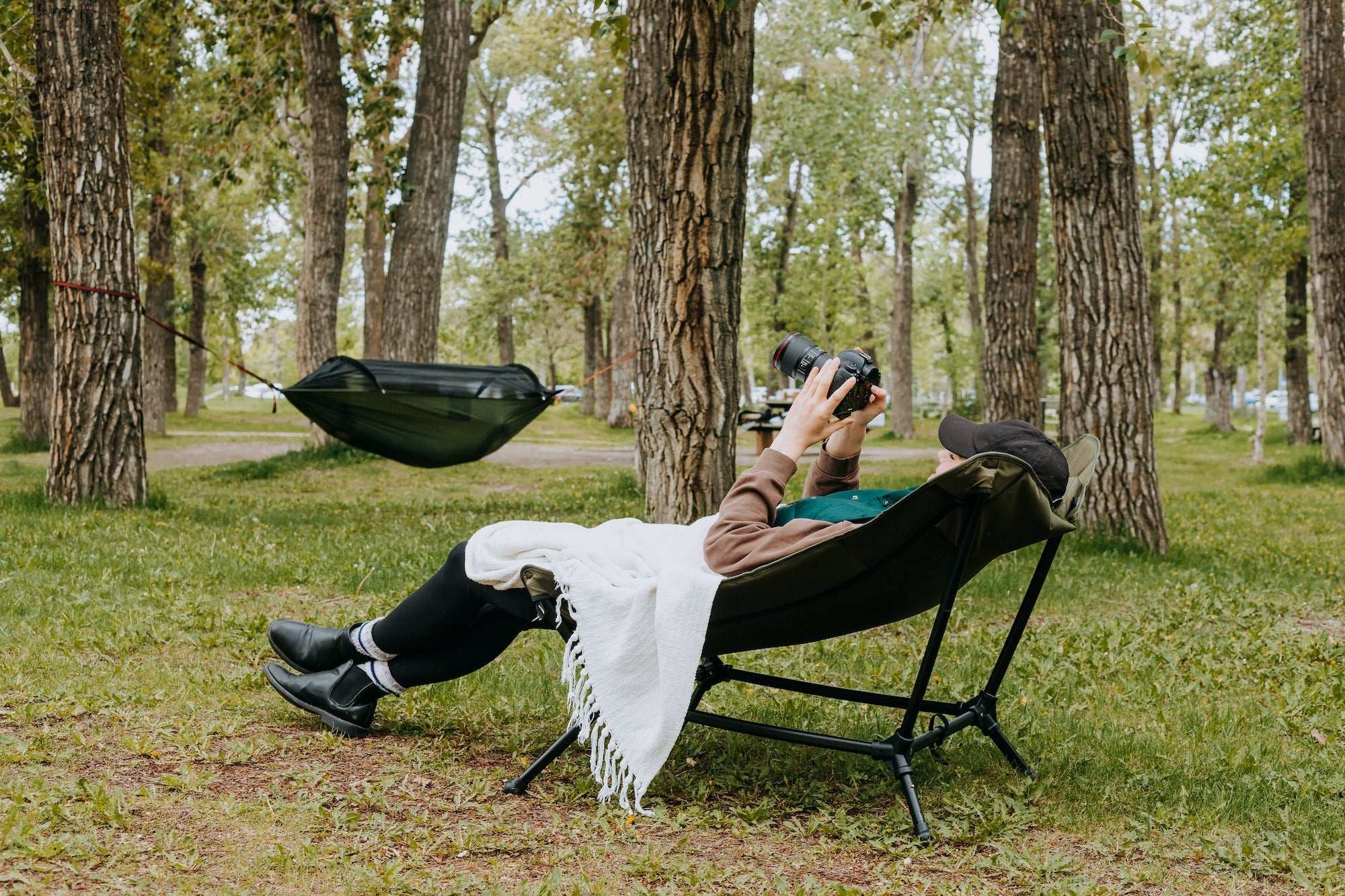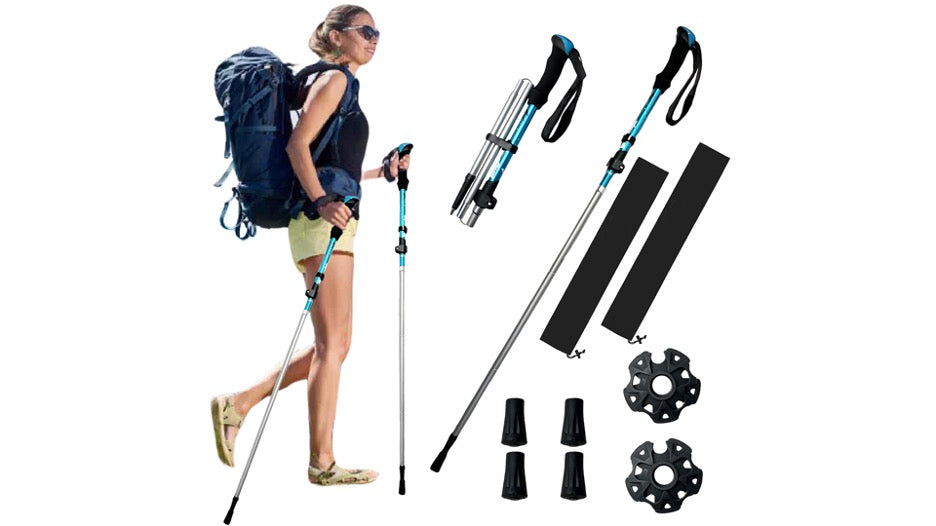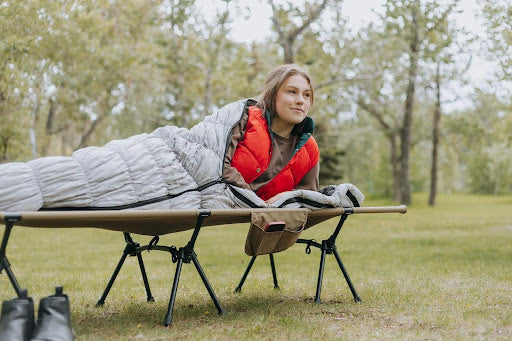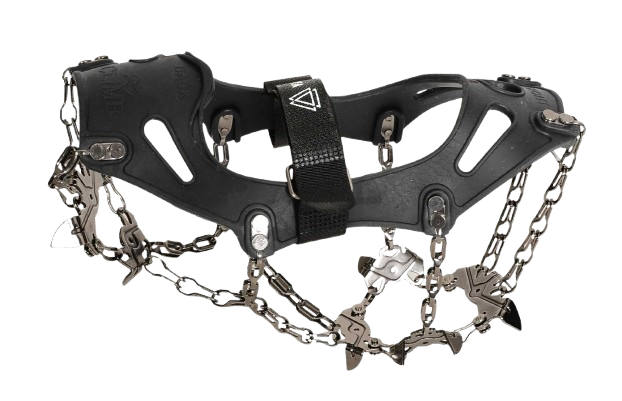Whether you're conquering a rugged mountain trail or enjoying a relaxing forest hike, the right gear makes all the difference. One of the most underrated yet essential items in any hiker’s gear collection is trekking poles and hiking sticks. These reliable companions provide stability, reduce strain on your joints, and improve your overall hiking experience—especially on uneven terrain.
With so many options out there—from collapsible trekking poles to classic folding walking sticks—how do you know which one is right for your next adventure? This guide will help you find the perfect fit for your hiking style, terrain, and comfort.
Why You Need Trekking Poles or Hiking Sticks
Before we dive into the specifics of features and tips, let’s talk about why trekking poles are a smart investment for your hiking gear:
-
Reduces Strain on Knees & Ankles: Especially helpful when heading downhill or navigating steep terrain.
-
Improves Balance: On uneven surfaces, muddy trails, or rocky paths.
-
Engages Upper Body Muscles: Giving you a full-body workout and more efficiency.
-
Reduces Risk of Slips & Falls: Particularly when crossing streams or traversing steep inclines.
-
Helps Maintain Rhythm & Pace: For long hikes, allowing you to conserve energy.
Whether you’re new to hiking or a seasoned pro, the right trekking poles or hiking stick can make every hike more enjoyable and safer.
1. Trekking Poles vs. Hiking Sticks: What’s the Difference?
The terms “trekking poles” and “hiking sticks” are often used interchangeably, but there are key differences:
-
Trekking Poles: These typically come in pairs and are designed for use together. They offer symmetrical support and are perfect for longer, more challenging hikes.
-
Hiking Stick (Walking Staff): Generally used solo, and best for casual or moderate hikes.
For hikes involving rough terrain, steep inclines, or heavy loads, trekking poles are usually your best bet. But for lighter, scenic walks or easier trails, a single hiking stick might be all you need.
2. Key Features to Consider When Choosing Hiking Poles
a. Adjustable Height
Look for trekking poles that are adjustable to suit your height and terrain. Shorter poles are ideal for uphill climbs, while longer poles are better for downhill stretches. This adjustability enhances comfort and performance.
b. Collapsible & Folding Design
If you’re someone who hikes, travels, or camps often, collapsible trekking poles or folding hiking sticks are a must. These poles can easily fit into a backpack or attach to the outside when not in use, making them incredibly convenient for transport.
c. Weight & Material
Common materials include aluminum and carbon fiber:
-
Aluminum: Affordable, durable, but slightly heavier.
-
Carbon Fiber: Lighter, absorbs shock better, but more expensive and prone to breaking if misused.
Lightweight poles are great for long-distance hiking, while sturdier, heavier poles are more suited for rougher, more demanding conditions.
d. Grip Type
Pick a grip that feels comfortable and minimizes blisters:
-
Cork Grips: Mold to your hand over time and wick away moisture.
-
Foam Grips: Soft and absorb sweat, but may wear down quicker.
-
Rubber Grips: Ideal for colder weather, providing extra insulation.
e. Shock Absorption
Some trekking poles come with built-in shock absorption to protect your joints on descents. While this feature offers extra comfort, it can add a bit of weight, so it’s a trade-off between comfort and portability.
3. Terrain-Specific Tips
-
Rocky Terrain: Opt for poles with durable carbide tips and strong construction to handle the rough terrain.
-
Snow or Mud: Look for poles with interchangeable baskets to prevent sinking in soft ground.
-
Flat Trails: A simple folding walking stick or single hiking staff may be all you need.
4. Test Before You Trek
Before you hit the trail, be sure to test your trekking poles or hiking stick:
-
Adjust the height so your elbows are at a 90-degree angle when holding the poles.
-
Practice collapsing and unfolding them to get comfortable with the process.
-
Walk around your yard or a nearby trail to get the feel of the rhythm.
Doing this simple test ensures you're ready to go when the time comes to head into the wild.
5. Don’t Forget These Extras!
Many poles now come with useful features such as:
-
Wrist Straps: For added stability and comfort during long hikes.
-
Rubber Tips: For paved or smoother trails.
-
Interchangeable Baskets: For different terrains like snow, sand, or mud.
Investing in trekking poles with these extras makes your gear more versatile and ready for all kinds of outdoor conditions.
Final Thoughts
Choosing the right trekking poles or hiking stick is more than just a personal preference—it’s about performance, comfort, and safety on the trail. Whether you opt for collapsible trekking poles for easy portability or a simple folding hiking stick for casual walks, there’s an option for every hiker.
At Yatta Life, we believe your gear should elevate your adventure. Before your next hike, take a moment to make sure you have the right trekking poles or hiking stick. Your knees (and your confidence) will thank you!





Leave a comment
All comments are moderated before being published.
This site is protected by hCaptcha and the hCaptcha Privacy Policy and Terms of Service apply.